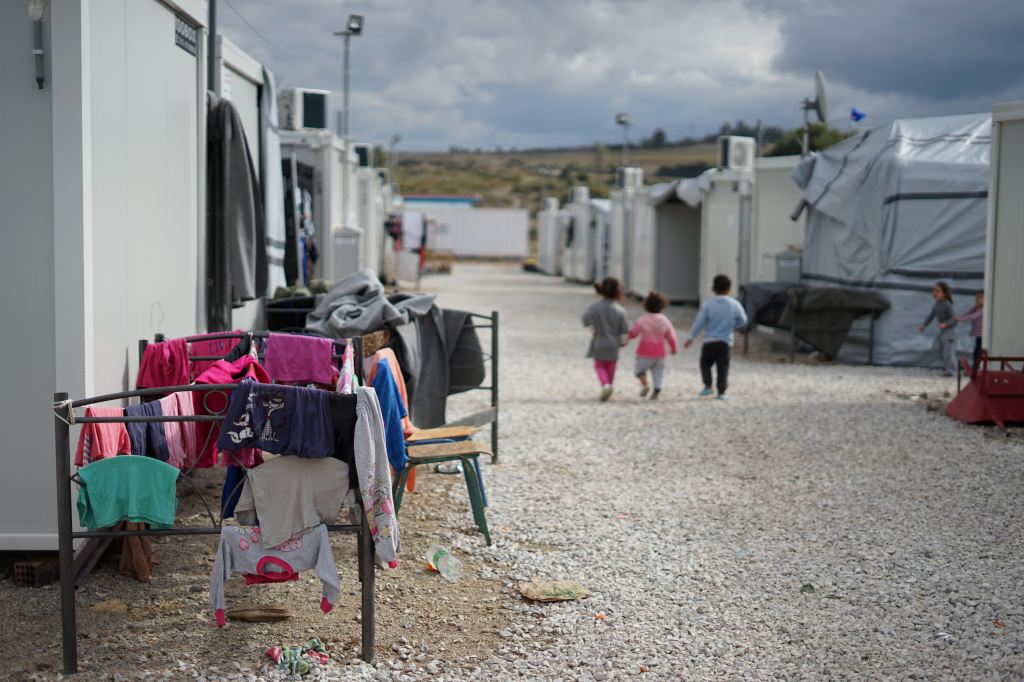In 1992, nearly 200 nations agreed to “prevent dangerous anthropogenic interference with the climate system”. In 2015, the 197 Parties to the Climate Convention (the COP) adopted the Paris Agreement, which gave an active role to every nation in shaping a future of successful climate-resilient development and sustainable shared prosperity. Since then, we have seen a proliferation of commitments to science-based targets, aiming to decarbonize value chains, to reach net-zero global heating impact.
Situation Review
The threshold for danger, we now know, is 1.5ºC. The IPCC Special Report on 1.5ºC made clear that above that level, danger, damage, and cost will reach intolerable levels. Food systems will start to fail, water scarcity may become standard, some nations will disappear beneath rising seas, disaster costs will accelerate and compound, and sovereign debt will become unmanageable for most of the world. In 2018, the COP recognized this science and effectively made the 1.5ºC danger threshold the centerpiece of international climate law.
While many nations still hold to the idea that “net zero by 2050” is the standard for best-case climate ambition, the science-based standard is net zero in line with no more than 1.5ºC temperature rise. The IPCC’s 6th Assessment Report (AR6) finds that we are likely to breach 1.5ºC by 2040. In 2023, we already were above that level for much of the year. Breaching in scientific terms means on a decadal basis, but 2023 makes clear: We have no more time to waste.
The AR6 also finds that some critical regulating structures of the stable climate may be lost above 1.5ºC—including ice sheets and ocean currents. These structural elements of a stable climate will not return as soon as we reduce human industrial pressure on global temperatures. Losing them, like losing ecosystems, forests, and wild biomass, will mean our ability to reverse “overshoot” will be limited, because carbon will not be as easily drawn down, and climatic regions will not be as clearly defined or easy to restore.
Costs are piling up fast. The landmark Global Turning Point report found that unchecked climate change will cost $178 trillion by 2070. The Food System Economics Commission has found that the hidden costs of unsustainable food systems just since 2016 have already reached $120 trillion. Debt distress is now affecting the majority of the least developed countries. Financial regulators find unchecked climate change will undermine the entire financial system.
The 2023 State of the Climate report found that if global heating and climate change continue unabated, “By the end of this century, an estimated 3 to 6 billion individuals… might find themselves confined beyond the livable region…” As noted in the Right to Resilience report, “In such a world, all of our assumptions about health, security, life expectancy, economic development, and the durability of institutions, will be long forgotten.”
A no-nonsense look at this evidence tells us: We need to secure a climate-resilient future before 2040. We need to build pollution-free economies, sustainable food systems, and inclusive sustainable investment standards that get more wealth to more people, while science and data support smarter, resilience-building decision-making.
The Good News
The tools for doing all of this exist. We have energy technologies we can deploy now, at scale. We need incentives and investment standards that support their installation, uptake, and commercial success. We have policy tools as well: climate income, for instance, can put an economically efficient price on pollution, while raising household incomes, strengthening local economies, and creating a clear incentive to compete by going green.
Advances in data sharing and integration across data systems that reference different realms of experience, at different geophysical scales and over diverse timeframes, means we can now start connecting Earth science insights to financial decision-making and economic development strategies. It is now possible for the geopolitical challenge of shared sustainable development to generate everyday value that makes life better on Main Street and in local lived experience.

We know that food systems oriented toward regenerative production, in line with better health for people and planetary systems, can boost livelihoods and support the investable diversification of rural and other low-income economies. The 2040 timeline for a livable climate future is become more workable, not less. We have information, resources, technologies, and policy instruments to map out and unlock a future of successful climate-resilient development.
The big challenge is political will. Institutional inertia doesn’t help either. Many institutions—across government and the private sector—need to evolve a deeper, more actionable understanding of climate crisis response. As they do this, the local value of climate action will become more evident, transformative actions will become more mainstream, and political will can be consolidated around everyday choices that build measurable climate value and support better future outcomes for all.
Practical Solidarity
Multilateral cooperation will be critical. At CCI, our Civic Diplomacy work engages stakeholders, policy-makers, and high-level supranational negotiating processes, in a shared conversation about the levers of action to succeed in our climate crisis response. The Climate Value Exchange is a space to move from negotiation to action.

The nations that mobilize bold, multidimensional non-market cooperative efforts early, often, and with well-designed benefits to the whole economy, will be the economic leaders of the future. They will be best positioned to capture and deliver significant returns on climate-smart investment, while misaligned investments will struggle and become marginal, creating liabilities for businesses, jurisdictions, and for people who must live with the consequences.
The most successful climate value economies will include:
- A clear, directional signal to transition away from global heating pollution;
- Multilevel, multilateral cooperation, in line with the PARIS Principles;
- Mainstream use of data systems that connect Earth science insights to financial and other decision-support data;
- Climate-smart trade relations that routinely integrate decarbonized, resilience-building elements, across value chains;
- Catalytic and vulnerability-sensitive finance, including through debt relief and co-investments;
- Food systems that avoid climate damage, restore and sustain ecosystems, and deliver better health and climate value;
- Capital to community systems that allow for localized design and decision-making.
Above all, there is a emerging insight that can help to drive success at the international level, at the national level, and at the community level: the climate crisis touches everything; it is deeply complex, and that allows for finding new value in small ways that add up. Those small value enhancements are spread across the whole economy, so with an inclusive approach to climate-aligned investment, trade, and development, climate value economies can build a far stronger capital base than extractive industries do now.
The health of nature is human health.

The featured image above is a reminder that beautiful wild places are more than beautiful. They are integral to Earth’s ability to support our best health and sustainable prosperity. The collapse of sensitive ecosystems, or their inability to thrive in the face of severe global heating and extreme climate disruption, corresponds to a major degradation of natural systems that support life, sustain water resources, help us to produce food, and make a livable climate possible.




